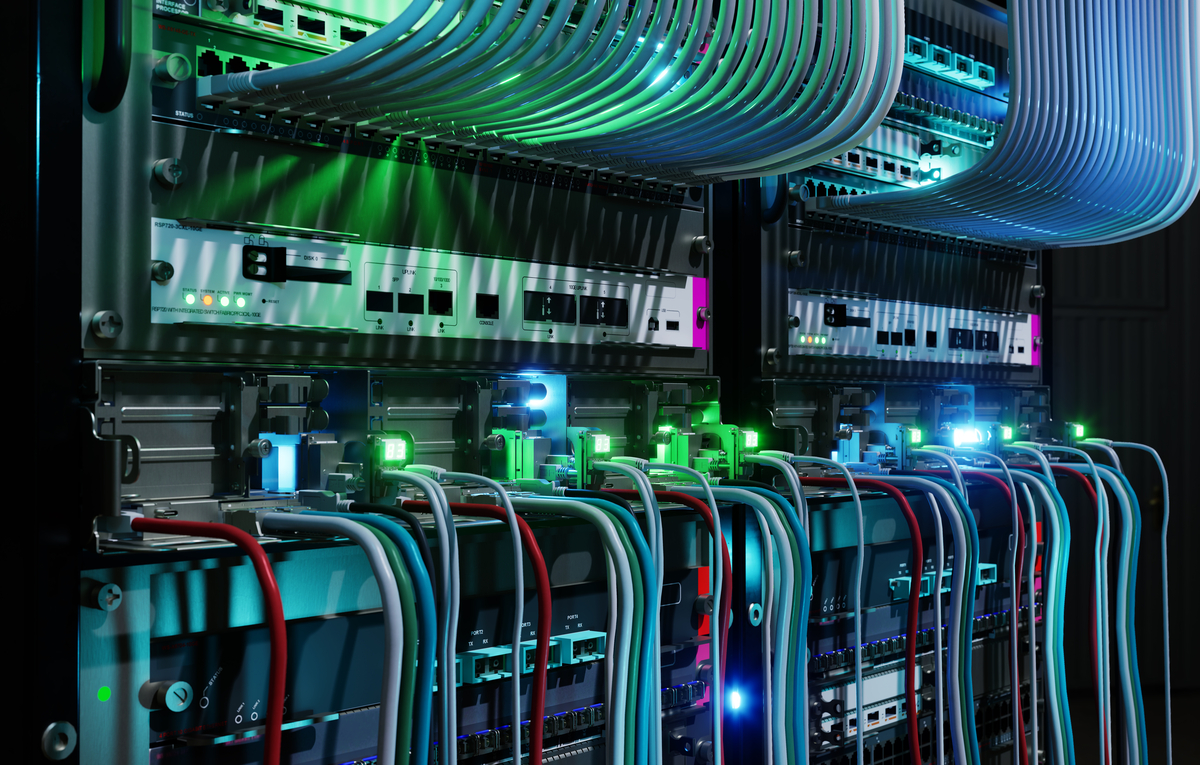
Intel Corporation (NASDAQ: INTC) has experienced a notable surge in its share price, rising 24.1% as of 3:13 p.m. ET. This outperformance occurred against the backdrop of modest gains for broader indices, with the S&P 500 (^GSPC) advancing 1% and the Nasdaq-100 up 0.5%. The catalyst for Intel’s rally appears to be a high-profile meeting between its CEO and senior U.S. government officials.
A Meeting with Implications
The recent engagement between Intel’s leadership and the White House has drawn significant attention. Following public calls for the resignation of CEO Lip-Bu Tan over alleged ties to foreign governments, the meeting reportedly concluded on a positive note. Official statements described Tan’s narrative as compelling, though specifics remain undisclosed.
Speculation is mounting that the administration may consider acquiring a stake in Intel. Such a move would likely align with the company’s renewed commitment to domestic semiconductor manufacturing, including the potential revival of its previously shelved Ohio fabrication facility. However, the feasibility of such an arrangement remains contingent upon regulatory approval and strategic alignment with national interests.

Strategic Importance of Domestic Manufacturing
Despite facing formidable competition from Nvidia and Advanced Micro Devices in the artificial intelligence sector, Intel retains a critical advantage: its domestic manufacturing capabilities. Unlike its peers, Intel operates substantial fabrication facilities within the United States-a factor of considerable geopolitical significance. Both current and prior administrations have emphasized the importance of maintaining semiconductor production capacity domestically, underscoring Intel’s role as a linchpin in this effort.
While Intel’s competitive position in AI remains uncertain, its manufacturing prowess positions it as a key player in addressing supply chain vulnerabilities. Below are some considerations for investors evaluating Intel’s prospects:
- Potential regulatory tailwinds from increased government involvement.
- Execution risks associated with reviving delayed projects, such as the Ohio hub.
- Competitive pressures from rivals who dominate emerging markets like AI and machine learning.
- Uncertainty surrounding valuation multiples given fluctuating market sentiment.
Conclusion
Intel’s recent developments underscore both its challenges and opportunities. While the company navigates a complex landscape of geopolitical dynamics and technological disruption, its strategic importance cannot be overstated. For investors with a tolerance for risk, Intel presents a unique proposition: a blend of legacy strengths and latent growth potential. However, any investment thesis must account for execution risks and evolving competitive dynamics.
As the situation unfolds, prudent capital allocation will hinge on further clarity regarding governmental support and operational milestones. 📈
Read More
- Bitcoin’s Ballet: Will the Bull Pirouette or Stumble? 💃🐂
- Can the Stock Market Defy Logic and Achieve a Third Consecutive 20% Gain?
- Dogecoin’s Big Yawn: Musk’s X Money Launch Leaves Market Unimpressed 🐕💸
- Deepfake Drama Alert: Crypto’s New Nemesis Is Your AI Twin! 🧠💸
- LINK’s Tumble: A Tale of Woe, Wraiths, and Wrapped Assets 🌉💸
- SentinelOne’s Sisyphean Siege: A Study in Cybersecurity Hubris
- XRP’s Soul in Turmoil: A Frolic Through Doom & Gloom 😏📉
- Binance’s $5M Bounty: Snitch or Be Scammed! 😈💰
- Ethereum’s $140M Buy: Will It Save Us? 😱
- ADA: 20% Drop or 50% Rally? 🚀💸 #CryptoCrisisComedy
2025-08-15 22:42